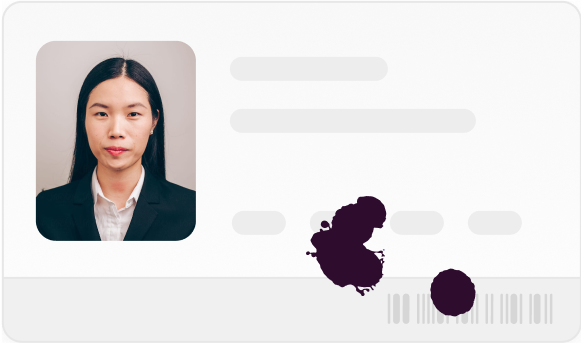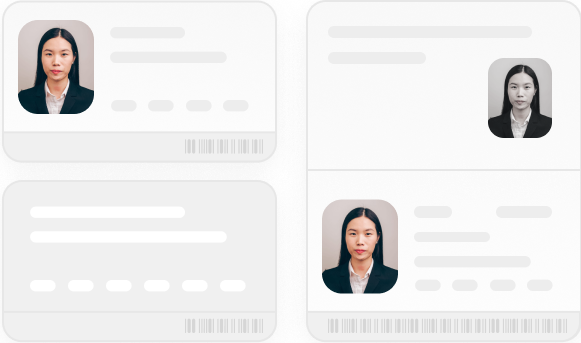Best practices
When uploading files, it is very important that the user respects the best practices below to ensure that the document can be read and verified. If any of the guidelines are not respected, it may result in an error or delay in processing the document. The document should be:One of the accepted documents from the country of issue
Consistent with the information provided for the user
For passports: one file (double-page spread) uploaded to one KYC Document API object.
For ID cards, driving licenses, residence permits: two files (front and back) uploaded to one KYC Document API object.
Valid and up to date
For a person aged over 18
A color photo (rather than a scan from an image scanner, like a flatbed photocopier or a printer)
Between 32KB and about 7MB (max. 10MB when encoded)
In one of the accepted formats: PNG, PDF, JPG, JPEG
How to
Submit a KYC Document for verification
Errors to avoid
Below are some common errors than can lead to a document being refused:
Edges not fully visible

Machine-readable zone (MRZ), data, or photo not fully visible

Covered by anything, especially a finger

Glare or flash obscuring readability

Blurred

Black and white

Card-type with both sides in one file

Two types of document submitted simultaneously (in the same file or not)